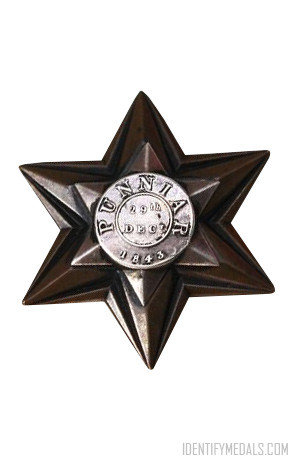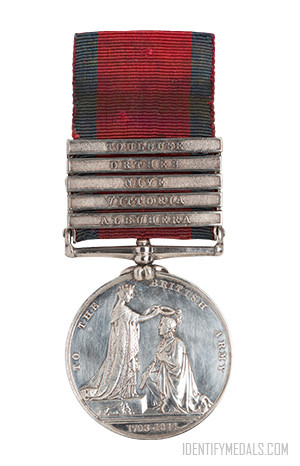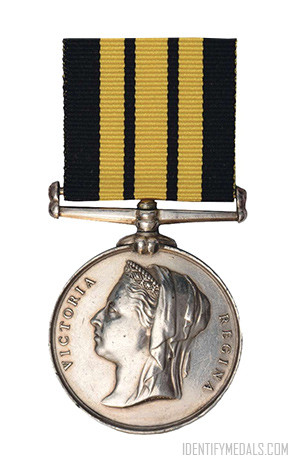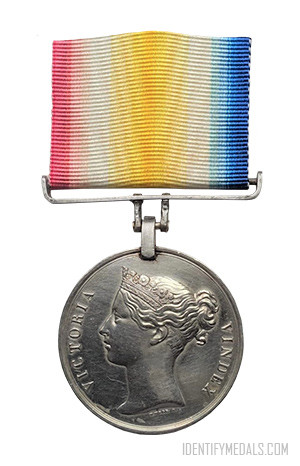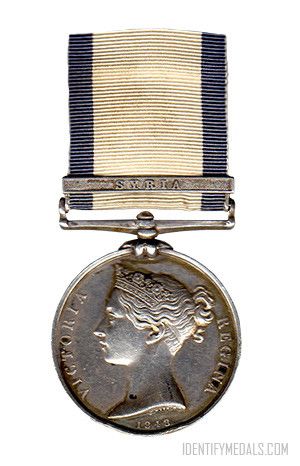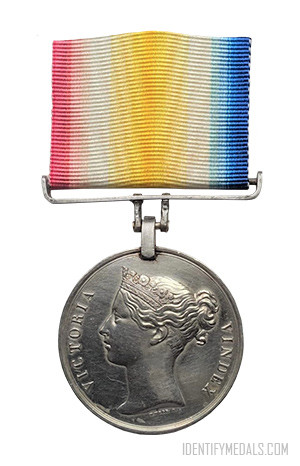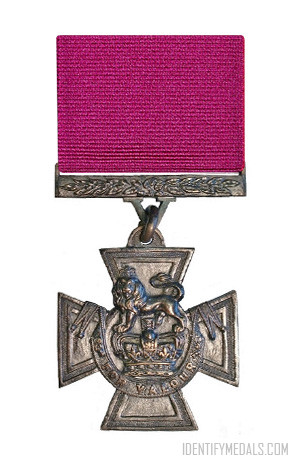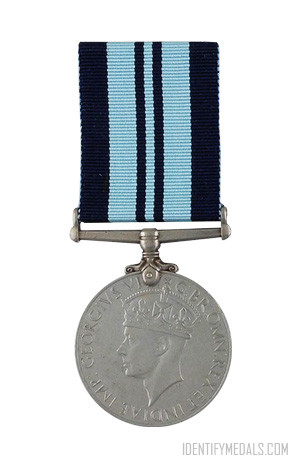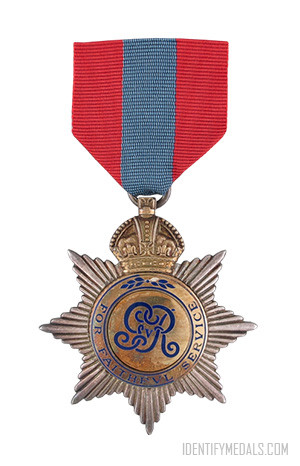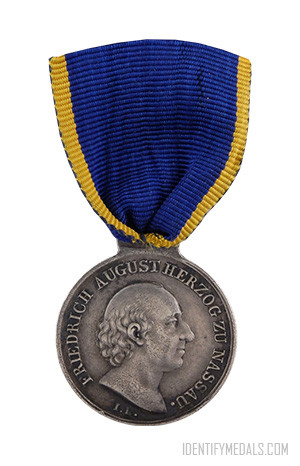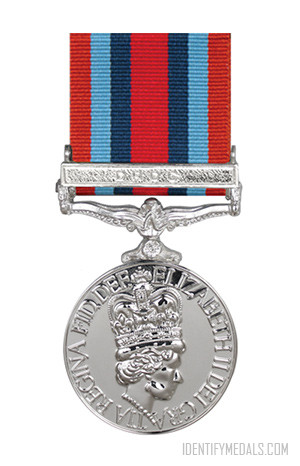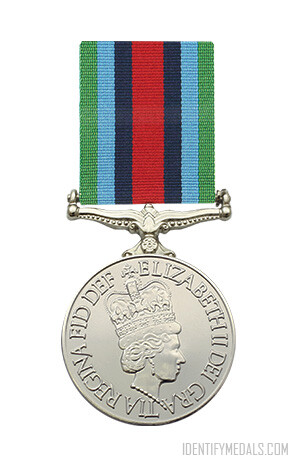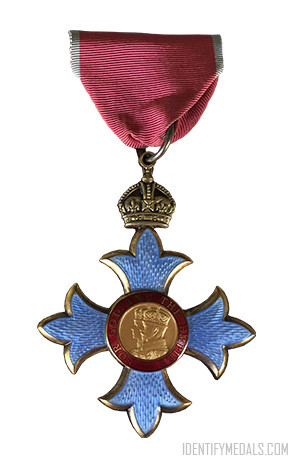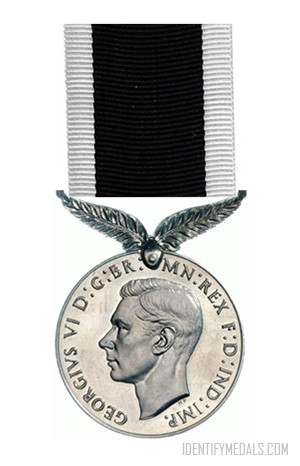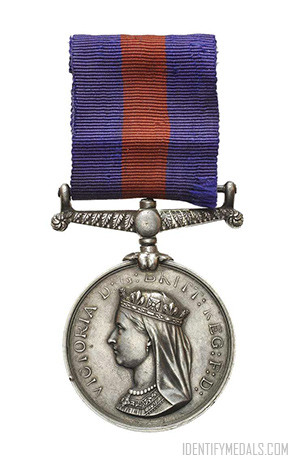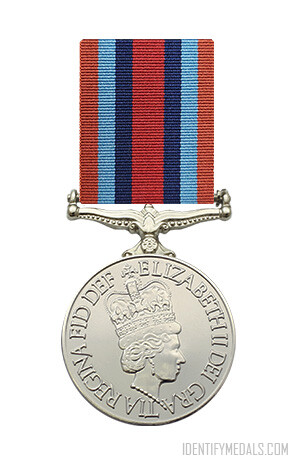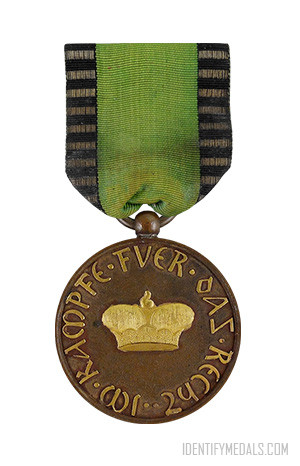- Time Period: Pre-WW1
- Year of Institution: ~ 1843
- Country: Great Britain
The Gwalior Star is a Campaign medal presented to the soldiers of the British Army and the British led Bengal Army who took part in the 1843 Gwalior Campaign by the Honourable East India Company.
Tensions between the East India Company and the State of Gwalior had been growing and finally led to a British advance into Gwalior early in December 1843.
On December 29, 1843, the British Army defeated Maharaja Shrimant Jayaji Rao Scindia, and regained control of Gwalior. The first division of the army, commanded by General Sir Hugh Gough, was victorious at the Battle of Maharajpoor. Major-General Grey, with the second division, was victorious at the Battle of Punniar on the same day.
The Gwalior Star Medal Design
The Gwalior medal is a six pointed star and measures 50 millimeters (2.0 in) diameter. It’s made of bronze from guns captured during the Gwalior Campaign.
In the obverse, the center of the star is a silver disk, which bears the Date 29th Dec, 1843 and the name of one of the Gwalior Campaign battles, either Maharajpoor or Punniar. The reverse of the medal is plain and engraved with the name and regiment of the soldier to whom the medal was awarded.
Manufactured at the Calcutta Mint, this medal was presented by the British India Government originally as a star with a clip on the back to be worn on the breast. Eventually most of these were fitted with a ring or bar of varying design.
The ribbon used was the common ribbon used on many East India Company medals: a red-white-yellow-white-blue gradient ribbon such as that found on the Candahar, Ghuznee, Cabul Medal.

